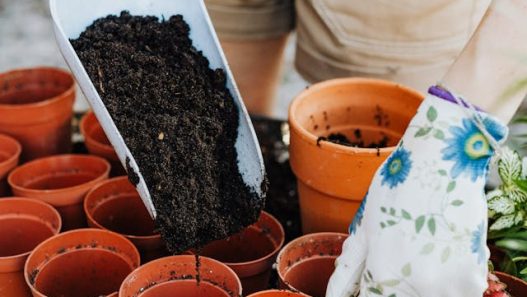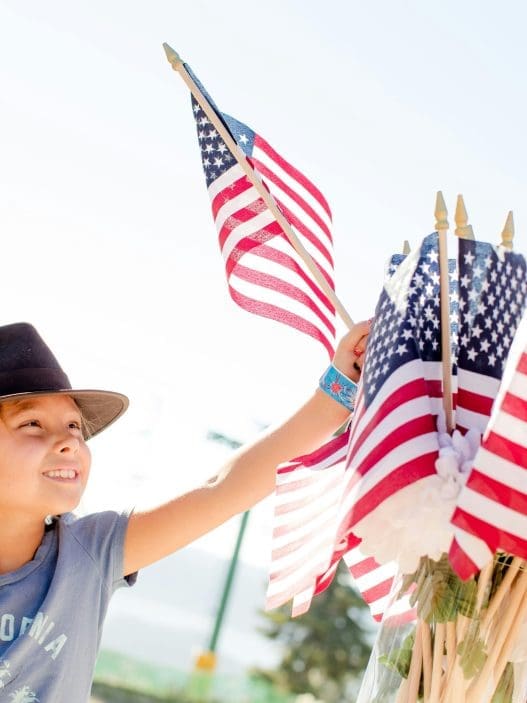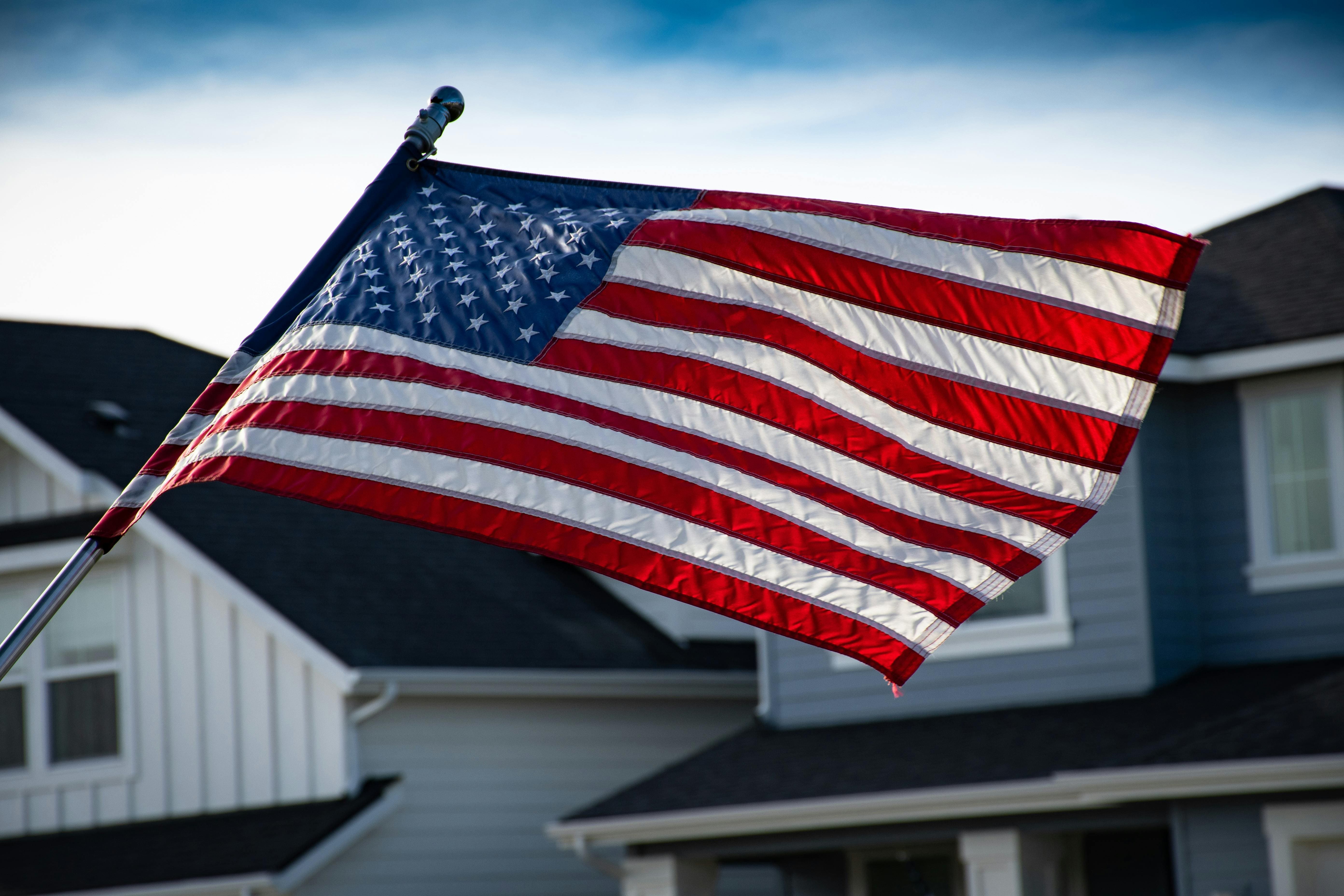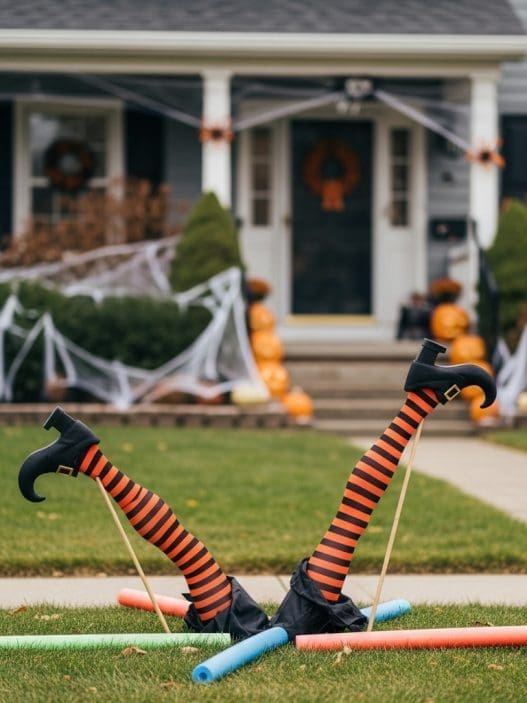Peru, a country with deep-rooted Catholic heritage and vibrant indigenous cultures, observes Christmas with a striking blend of European traditions and local customs. Christmas traditions in Peru reflect the country’s colonial history and rich multicultural identity, producing a December holiday season unlike any other in Latin America. While many familiar Christian elements like nativity scenes and Midnight Mass are celebrated widely, Peru’s unique geography and cultural diversity give the holiday distinct regional flair. From Andean rituals to Amazonian adaptations, the Peruvian Christmas is both a religious observance and a colorful communal festivity.
Historical Background of Christmas in Peru
Christianity was introduced to Peru in the 16th century through Spanish colonization. Catholic missionaries sought to replace native religious festivals with Christian ones, often aligning dates and symbolism to aid conversion. Christmas, or Navidad, was one such celebration. Over time, indigenous and mestizo communities adapted these Catholic rituals, incorporating native beliefs, art, music, and seasonal practices into the holiday. As a result, Christmas traditions in Peru carry both colonial-era Catholic influence and pre-Columbian cultural expressions. The syncretism is most visible in nativity scenes with native animals, regional dances honoring the Christ child, and indigenous-style decorations.
Seasonal Context: Christmas in the Southern Hemisphere
Unlike much of the Northern Hemisphere, Peru celebrates Christmas during the summer season. December falls in the middle of the warmest months of the year, especially in coastal and Amazonian regions. While cities like Lima experience dry heat, highland areas like Cusco or Ayacucho can still see cooler nights. This summer setting shapes Christmas traditions in Peru—outdoor festivities, fireworks displays, and late-night gatherings are common, and winter-themed décor like snowmen or pine trees is largely symbolic or imported for novelty rather than relevance.
Key Religious and Cultural Traditions
One of the central religious customs is the Misa de Gallo, or Midnight Mass, held on Christmas Eve. Families often dress in formal attire to attend this late-night church service, which is considered the most sacred part of the holiday. Novenas, or nine-day prayer gatherings leading up to Christmas, are practiced by devout Catholic households, often incorporating music, food, and community fellowship.
Gift-giving typically happens at midnight on December 24 or during the early hours of Christmas Day. Children may open presents right after returning from Mass, while adults enjoy late-night feasts. December 24, known as Nochebuena (Good Night), is more significant than Christmas Day itself. The evening includes family gatherings, shared meals, and fireworks, with less emphasis placed on commercialism compared to Western countries.
Public spaces, particularly in cities and towns with strong religious traditions, often host open-air performances, live nativity scenes, and Christmas markets. Plaza de Armas squares fill with lights, local musicians, and vendors offering seasonal items.
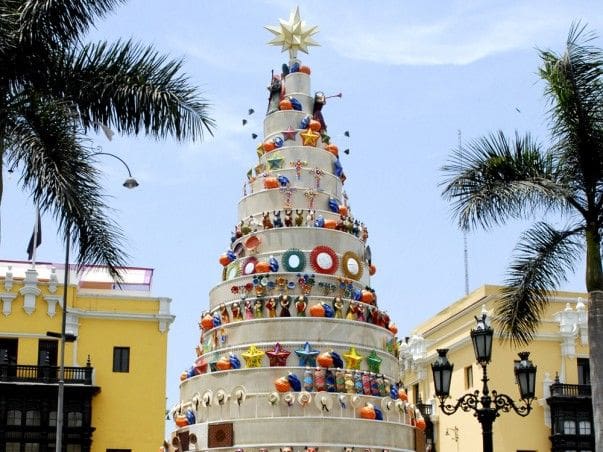
Unique Cultural Events and Customs
Several distinctively Peruvian Christmas events highlight regional and cultural diversity:
- Chocolatadas: Organized by churches, schools, and charities, these events distribute hot chocolate, panetón (sweet bread), and small gifts to children in low-income communities. Often held in the days leading up to Christmas, chocolatadas embody the holiday’s spirit of generosity and communal care.
- Santurantikuy: Held annually on December 24 in Cusco’s Plaza de Armas, Santurantikuy (Quechua for “buying of saints”) is one of Peru’s largest Christmas markets. Artisans sell handcrafted figurines, especially for nativity scenes. Many vendors offer pieces made from Andean clay, alpaca wool, or natural dyes, reflecting indigenous craftsmanship.
- Takanakuy: In the Chumbivilcas Province of the Andes, Takanakuy is a traditional festival where community members resolve disputes through ritual fistfights on December 25. Though not directly tied to Christmas, it symbolizes reconciliation and the restoration of social harmony for the new year.
- Los Pastorcillos: Children dress as shepherds and perform dances honoring the birth of Jesus, often as part of school or church plays. These dances sometimes integrate native rhythms and dress, illustrating the cultural layering present in many Christmas traditions in Peru.
- Huaylía: In the Ayacucho region, huaylía is a style of festive music and dance performed during Christmas. Participants wear colorful attire and masks, often reenacting the struggle between good and evil. It merges Christian storytelling with Andean performance art.
Traditional Foods and Beverages
The Peruvian Christmas dinner is a highlight of the celebration. Despite the summer heat, roasted turkey is a common centerpiece, often accompanied by applesauce, mashed potatoes, and salads. In some households, especially those of Andean or Amazonian origin, alternatives like roasted pork, guinea pig (cuy), or regional stews are served.
- Panetón: This Italian-style sweet bread has become a staple in Peruvian homes during the holiday season. Typically eaten with hot chocolate, it contains candied fruits and raisins and is often given as a gift or charity item at chocolatadas.
- Hot chocolate: Made rich with cinnamon, cloves, and condensed milk, this beverage is a traditional part of Christmas, even during summer. The drink is associated with warmth, comfort, and nostalgia, making it a key feature of holiday gatherings.
- Picarones: These deep-fried doughnuts made from squash and sweet potato, then drizzled with syrup, are sometimes served as dessert. While more common during festivals throughout the year, picarones are popular in some regions during Navidad.
- Tamales and Humitas: Both corn-based dishes are wrapped and steamed in corn husks or banana leaves. They are often filled with meat, cheese, or chilies and vary greatly by region.
Decorations and Nativity Scenes
While imported Christmas trees and lights are common in urban households, Peruvian decorations often include locally made nativity scenes called nacimientos. These displays go beyond the Holy Family, frequently incorporating llamas, alpacas, condors, and other native animals. The infant Jesus is typically placed in the manger at midnight on December 24, after Mass.
In many homes, the entire nativity scene is handcrafted by local artisans, using traditional pottery techniques and regional materials. Highland communities may include miniature landscapes of Andean villages, complete with terraced fields and clay homes. These nacimientos are cherished family heirlooms and are often added to each year with new figures.
Homes and streets are decorated with bright lights, paper lanterns, and ornaments made from natural materials like straw, bark, or gourds. Indigenous motifs and traditional colors—such as red, yellow, and green—are prominent, reflecting both Christmas symbolism and native artistic styles.
Regional Variations Across Peru
Due to Peru’s geographical diversity, Christmas traditions vary greatly between the coast, highlands, and jungle:
- Coastal regions (e.g. Lima, Trujillo): Celebrations are more urbanized, featuring store-bought decorations, commercial gifting, and media influence. Beachgoers may celebrate with barbecues and fireworks along the shore.
- Highland regions (e.g. Cusco, Ayacucho): More traditional in nature, with a focus on religious observance, local festivals, and cultural performances. Artisanal markets and handcrafted nativity figures are common.
- Jungle regions (e.g. Iquitos, Pucallpa): Christmas is often marked by outdoor community gatherings, music, and food-sharing. Indigenous communities may blend Christian rituals with ancestral beliefs, holding ceremonies that reflect spiritual reverence for nature.
Rural areas generally emphasize religious participation and communal meals, while cities may focus more on gift exchange and modern décor. In Quechua and Aymara-speaking villages, Christmas is also an opportunity to teach children bilingual carols and customs, reinforcing cultural heritage.
How Peruvians Celebrate: Style and Atmosphere
Despite the regional and cultural differences, Christmas in Peru is a joyous, family-centered holiday marked by food, music, and togetherness. After Midnight Mass and the Nochebuena feast. Fireworks light up the sky as people celebrate into the early hours of December 25. Streets echo with carols, laughter, and the sounds of local instruments. Dancers and musicians may parade through neighborhoods, especially in the highlands, while children play with sparklers and new toys.
Whether in a quiet village or a bustling city, the Peruvian Christmas spirit is defined by its warmth, resilience, and sense of community. Rooted in both ancient traditions and colonial history, Christmas traditions in Peru continue to evolve while honoring the past.







